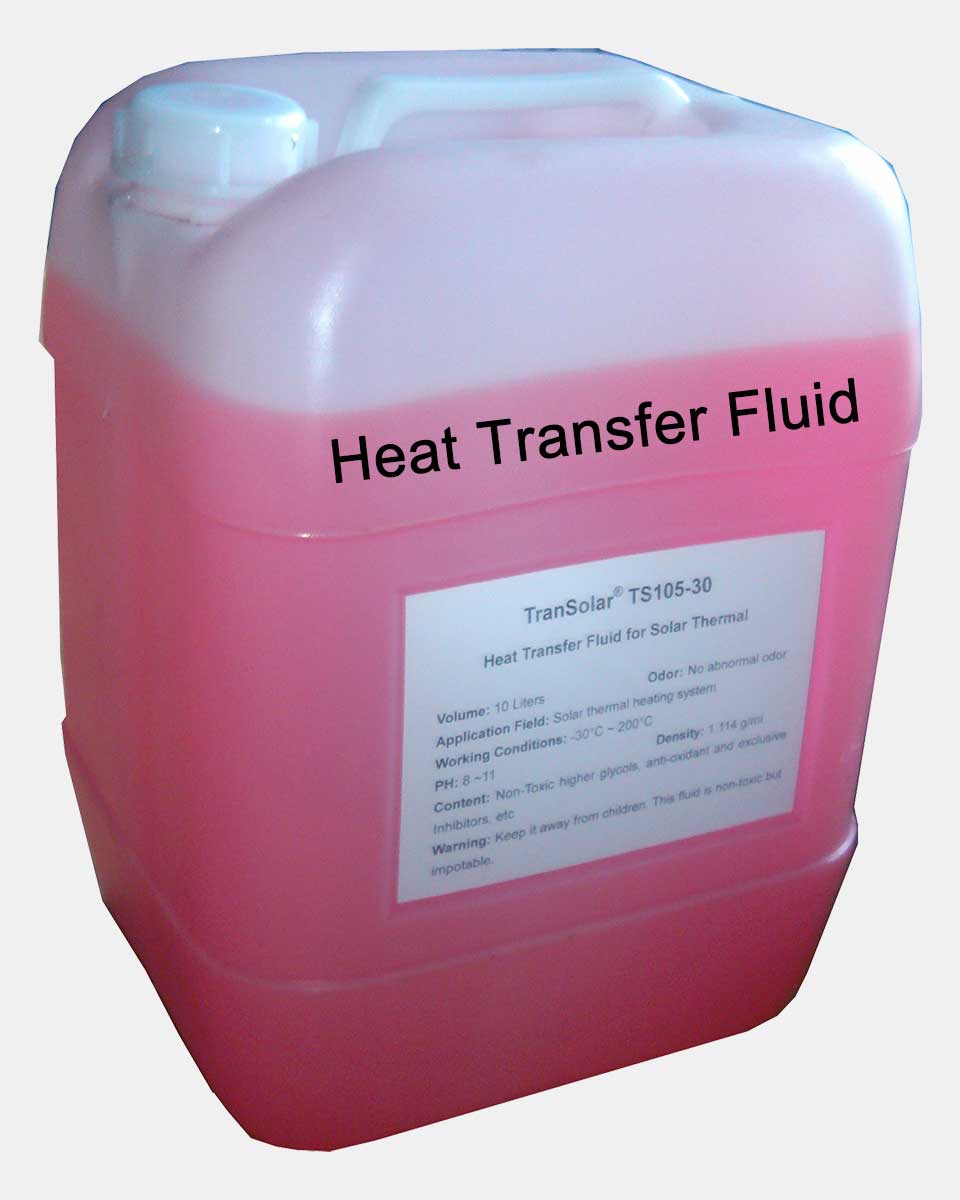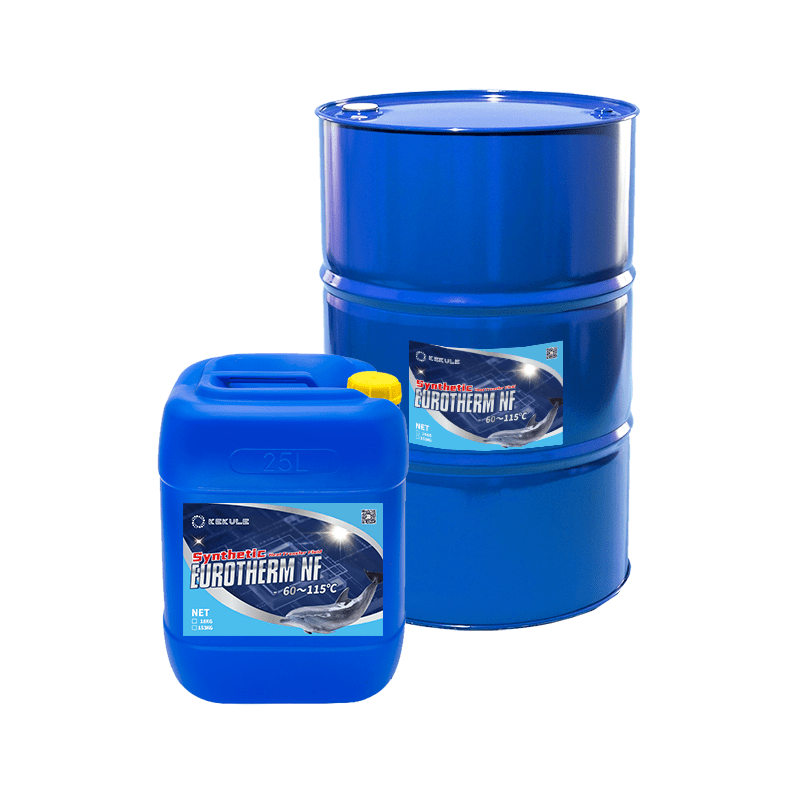Heat Transfer Fluid 101: What You Required to Know for Reliable Efficiency
Warmth transfer fluids play a crucial function in preserving effectiveness and integrity within numerous industrial systems, yet their choice and monitoring are commonly neglected. Comprehending the different kinds and essential residential or commercial properties of these fluids can considerably influence functional performance. Moreover, executing finest techniques and fixing typical issues is necessary for lasting efficiency. As we discover the fundamental components of heat transfer fluids, it comes to be clear that the implications for system effectiveness and devices long life warrant mindful consideration. The nuances of these fluids may expose more than you anticipate regarding your operational success.
Relevance of Heat Transfer Fluids
Warmth transfer liquids play an important role in numerous commercial procedures by promoting the reliable transfer of thermal power. These fluids are important in applications such as heating, temperature level, and cooling guideline, where keeping exact thermal conditions is critical for functional efficiency and safety. By boosting the thermal conductivity and stability of systems, warmth transfer liquids contribute substantially to energy cost savings and process optimization.
The option of ideal heat transfer liquids can straight affect the performance and reliability of devices (dielectric cooling fluid). In power generation and manufacturing, these fluids help in warm healing, boosting total system effectiveness. Additionally, warm transfer fluids aid to stop getting too hot and thermal degradation of equipment, thus extending the life expectancy of equipment and minimizing downtime
In addition, the option of warmth transfer fluid affects environmental sustainability, as some fluids are created to be much more eco friendly than typical choices. This shift towards lasting alternatives lines up with global initiatives to minimize carbon impacts and promote greener industrial techniques.
Types of Heat Transfer Fluids
Picking the appropriate kind of warm transfer liquid is essential for maximizing thermal management in different applications. Warmth transfer fluids can be extensively categorized into a number of kinds, each matched for specific operational conditions and requirements.

An additional group includes refrigerants, which are made for cooling applications. These fluids operate effectively at reduced temperatures and stress, making them suitable for refrigeration and a/c systems. Glycol-based liquids are likewise popular, specifically in systems where freezing is a problem, as they supply antifreeze properties while keeping affordable heat transfer capacities.
In industrial applications, liquified salts are employed for their high thermal capability and capability to run at elevated temperature levels, making them suitable for solar thermal power systems. Inevitably, the selection of heat transfer liquid must line up with the specific thermal needs, running conditions, and preferred system performance.
Key Residence to Consider

When choosing a warm transfer fluid, recognizing the vital properties that influence efficiency is crucial. Numerous factors have to be evaluated to ensure optimum performance and durability in the application's operational environment.
Firstly, thermal conductivity is essential, as it determines the liquid's ability to transfer heat. Higher thermal conductivity normally results in improved heat transfer performance. Second websites of all, the certain warm ability shows just how much energy a liquid can keep each mass, affecting its capacity to absorb and launch heat.
Thickness is one more essential residential or commercial property, as it influences the liquid's flow features and, as a result, the system's efficiency. Reduced viscosity at running temperatures is preferable for minimized pumping power and improved blood circulation. Furthermore, the liquid's temperature security and boiling point are vital; a higher boiling point is necessary for high-temperature applications to stop vaporization.
Finally, chemical security and compatibility with system materials are necessary to avoid destruction and maintain system stability with time. Comprehending these key residential or commercial properties makes it possible for engineers and operators to choose one of the most ideal heat transfer liquid for their details applications, guaranteeing reputable and efficient efficiency.
Best Practices for Usage
In order to optimize the efficiency and durability of a warm transfer liquid system, sticking to ideal practices for usage is crucial - thermal oil. Initially, it is critical to pick the appropriate warmth transfer fluid based on the system's operational temperature range and particular application demands. Routinely keeping an eye on the liquid's properties, such as viscosity, thermal conductivity, and pH levels, ensures optimal efficiency and can prevent costly break downs
Proper system design is also vital; ensuring that components are compatible with the selected fluid decreases the threat of degradation. Preserve an effective filtration system to get rid of particulates and impurities that can hinder warm transfer efficiency. Additionally, maintaining the liquid at suggested fill levels lowers the threat of overheating and cavitation.
Furthermore, training employees on safe handling and procedure decreases risks connected with heat transfer liquids. By carrying out these best techniques, operators can ensure reliable and reliable warmth transfer fluid operations.
Troubleshooting Common Issues
Although warm transfer liquid systems are developed for effectiveness, drivers might experience numerous concerns that can site link impact performance. Typical issues consist of liquid destruction, leaks, and improper fluid levels.
Liquid destruction often occurs because of thermal failure or oxidation, resulting in the formation of sludge and varnish that can block systems. Regularly keeping an eye on liquid problem and adhering to maker guidelines for substitute can mitigate this problem.
Leakage is one more regular worry, which can emerge from used seals, damaged pipes, or loose installations. It is vital to perform regular inspections and maintenance to identify and correct leakages without delay, preventing fluid loss and system inefficiency.
Inappropriate liquid degrees can arise from evaporation or leaks, resulting in decreased warm transfer effectiveness. Operators ought to on a regular basis examine liquid degrees and make certain that the system is properly filled to maintain check my source optimum efficiency.
In addition, temperature changes can indicate circulation issues or pump failures. Surveillance system temperatures and pressure can aid detect these problems early, facilitating timely interventions.
Final Thought


To conclude, the option and maintenance of warmth transfer fluids are important for making sure dependable performance in numerous industrial applications. Comprehending the importance, kinds, and essential residential or commercial properties of these fluids, along with carrying out finest practices, can significantly boost thermal effectiveness and extend tools life expectancy. Additionally, aggressive troubleshooting of usual issues adds to ideal system functionality. By sticking to these concepts, operators can achieve improved operational integrity and performance in thermal power transfer processes.
Heat transfer liquids play a vital role in preserving efficiency and integrity within various commercial systems, yet their option and administration are usually neglected.Warmth transfer fluids play an important duty in various industrial processes by promoting the efficient transfer of thermal energy. By boosting the thermal conductivity and stability of systems, warmth transfer fluids add dramatically to energy financial savings and process optimization.
Water is the most usual heat transfer liquid, preferred for its high warmth capability and cost-effectiveness. The details warm ability suggests how much power a liquid can store per device mass, influencing its capacity to launch and absorb warm.